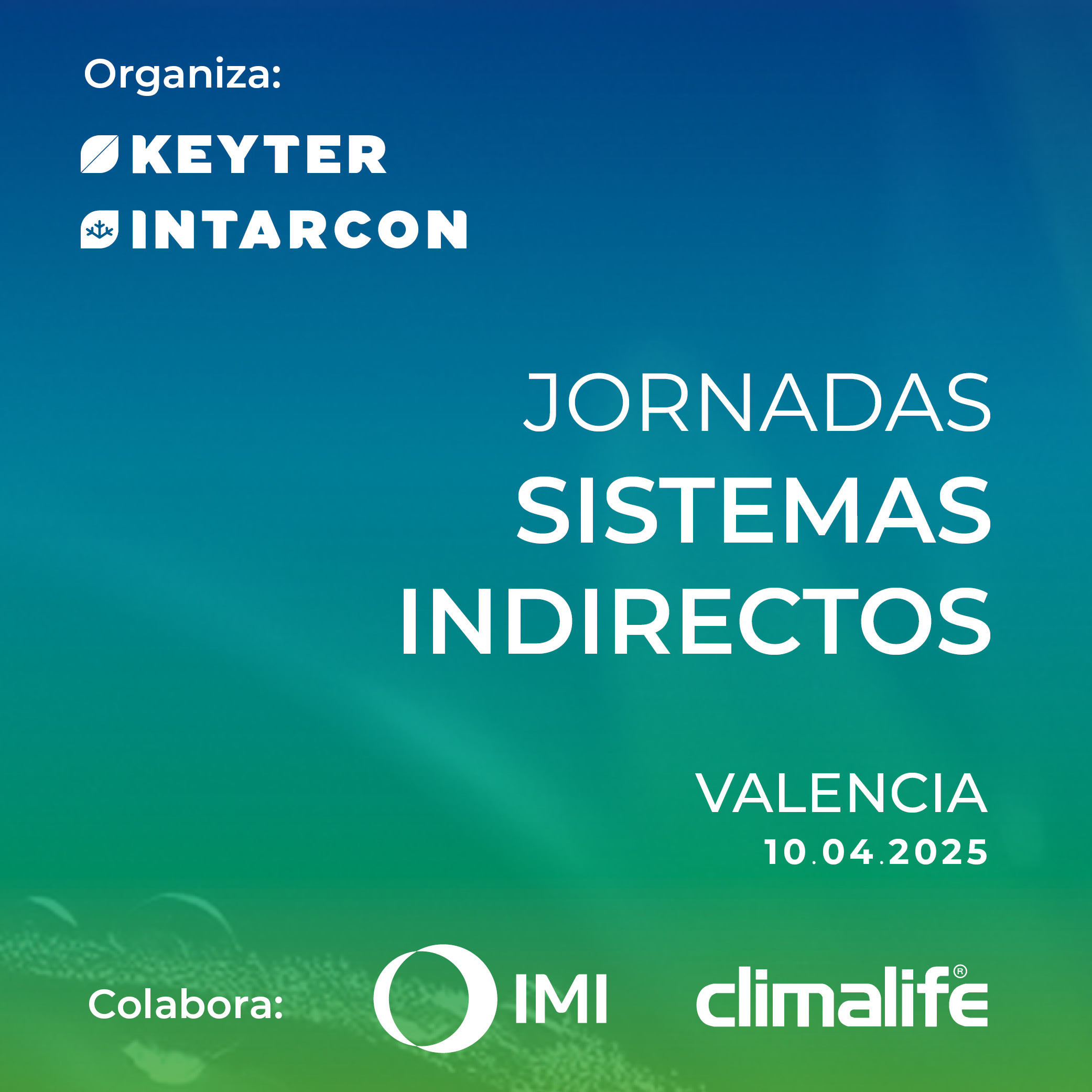Ventilation: Exceeding Current Standards For Improved Air Quality
Ventilation requirements in premises have surpassed current regulations, the materials we use in our homes, the construction solutions, … our way of life requires higher ventilation levels than those currently in place. In order to determine this new way of ventilating, it is necessary to know the current situation at a regulatory level to be able to move forward and to know which aspects make the new ventilation more demanding and in accordance.
There are currently five ventilation methods in RITE (Reglamento de Instalaciones Térmicas en los Edificios):
- Indirect method of outdoor air flow per person
- Direct method for perceived air quality (Olfactory)
- Direct method by CO₂ concentration
- Indirect method of air flow rate per unit area
- Dilution method
Each of them has a different objective depending on the use of the room, giving more importance to metabolic activity, occupancy or emissions of non-human pollutants.
The entrance of Volatile Organic Compounds (VOCs) into the game has changed this way of looking at ventilation; it is necessary to ventilate people and the room, and this is what the Regulations that are about to come into force and the WHO (World Health Organisation) itself indicate.
VOCs such as formaldehyde, Benzene, Radon, Naphthalene, … are common in our homes and work and leisure premises and must be eliminated to obtain clean and non-aggressive environments for the occupants.
Does filtration help achieve this goal? Let’s think that we want to eliminate molecules; except for very specific carbon filters, filters can’t do much to help us. Only ventilation and dilution of these compounds are on our side.
What will these changes entail?
- More demanding clients, not in general, but in sectors sensitive to IAQ.
- Greater knowledge of the building
- Better knowledge of the materials and finishes used. Ventilation will literally become a speciality within air conditioning.
- Reduction, by manufacturers, of emissions in materials and finishes.
- Better energy recovery techniques. Active or Active Passive Refrigeration Recovery, which KEYTER already has in its equipment.
It is obvious that more ventilation means more power in our air-conditioning systems, but if the system is the right one, this increase is not as high as it seems at first glance. Strong energy recovery in exhaust air would solve a large part of this increase in power.
More articles
Interested in other (technical) knowledge articles? Keep yourself up to date and read them all


